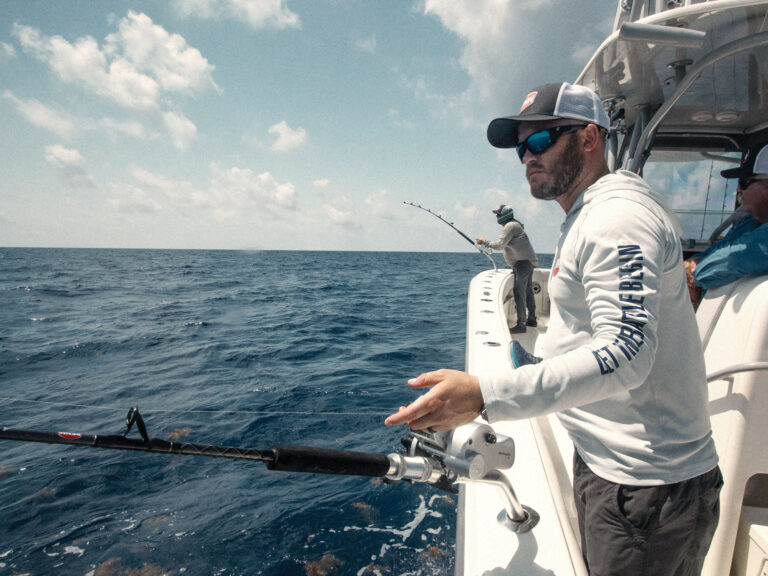They were clearly visible in the clean water behind the surf line, accelerating and slashing tiny baits. I cast a fly into the mix and waited for a bluefish to hit it and felt…nothing. What’s up with that?
Bluefish are easily one of the most disparaged of the fly-eating species, typically because of their so-called ease of use. Sure, when they’re in riot mode they will seek and destroy anything placed in their path. Bluefish can be too easy to catch, until they’re not.
I happen to be a huge fan of blues because they hit hard, fight hard, and even jump sometimes. And in the late summer and early fall on my home waters in western Long Island Sound, they are often the only game in town.
In the instance above, they were ocean-side fish in shallow and keyed on tiny rain bait—silversides, of false albacore vintage, caused the blues to take on tunid behavior. Conversely, I’ve seen them act finicky in open water when they’ve pinned a school of large menhaden on the surface.
They get spooky when hammered by other anglers; they’ll be busting on the surface but disappear at the approaching sound of an outboard. Other times when they’re traveling in small schools they can be just as sporadic and maddening as false albacore.
If they acted that way all the time maybe they’d earn more respect. Such is the perverse mind of the fly fisherman. But I’ll take them that way and any way they want to be, as long as the end result is fly line rapidly vacating my reel.









